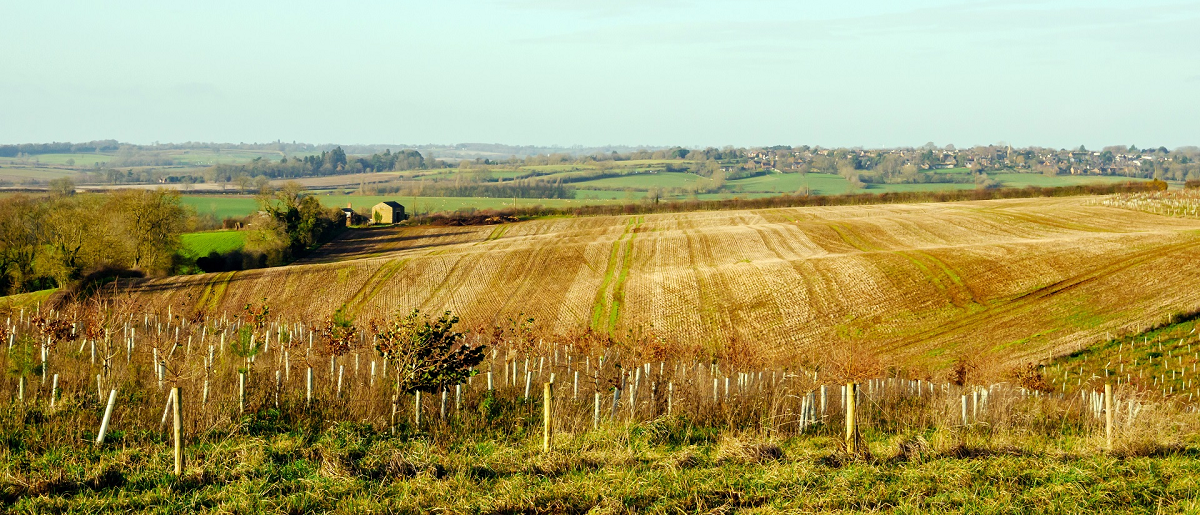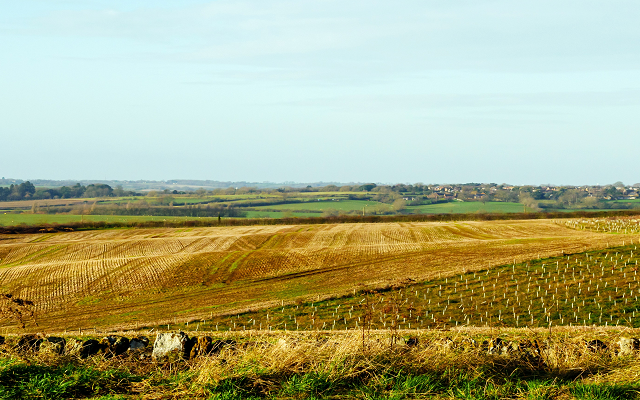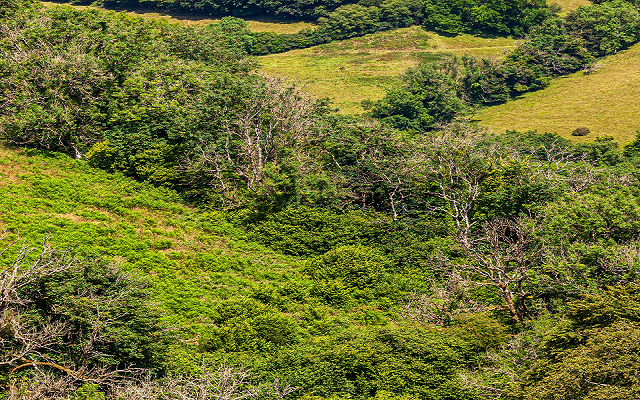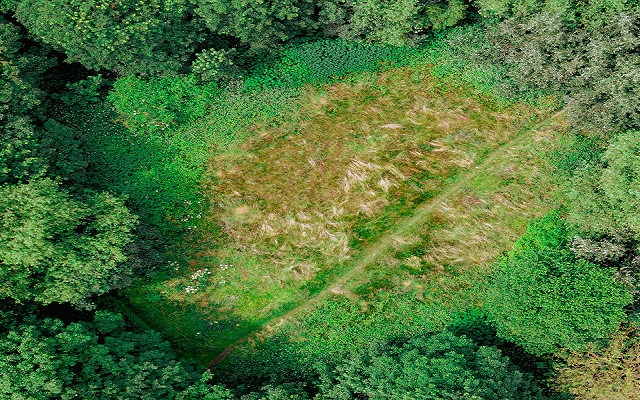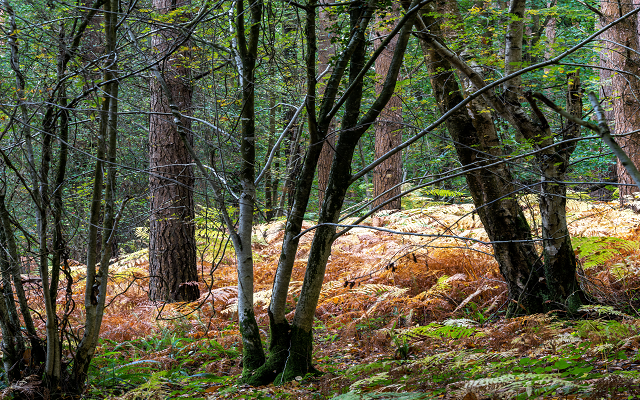What factors are behind low levels of woodland creation?
The eagerly anticipated Forestry Commission Key Performance Indicators report for 2022/23 has just been published, showing that just under 13,000 hectares (ha) of newly created woodland were planted in the UK in the 12 months to 31 March 2023.
This is less than half of the target to create 30,000ha of new woodland creation annually by 2025 and is lower than in 2021/22 (13,860ha).
Planting in England did rise from 2,260ha in 2021/22 to 3,130ha in 2022/23 and there was also a rise in Wales which rose from 620ha to 1,190ha.
But there was a sharp drop in planting in Scotland, which is significant as that is where most woodland planting in the UK typically takes place. In 2022/23 there were just 8,190ha of new planting, compared with 10,480ha in 2022/23.
Scotland
It is a concern and somewhat of a surprise that the area of new planting in Scotland has fallen to its lowest level for five years. The reasons are quite complex, but one factor will be changes to the rules on eligibility for carbon credits for commercial – predominantly coniferous – forestry schemes which has deterred some investors. This has also had a knock-on effect in that it has reduced the amount that people are prepared to pay for land suitable for forestry, which has meant some landowners have decided it is not worth selling at current prices.
The Scottish Government has already said it will hold a Scottish Forestry Summit with industry leaders and land management bodies to get planting levels back on track.
It is also investing in a comprehensive skills training programme for its front-line staff. It believes the main reasons for the ‘slippage’ is actually around skills and capacity in the sector, suggesting there continues to be very strong demand for woodland creation in Scotland, with over 17,000 hectares already approved for planting over the next three years. It also says there is a further 29,000 hectares of Forestry Grant Scheme applications and projects at planning stage which are currently being worked on by applicants and Scottish Forestry.
England
In England, as part of the Environment Act, the Government set new binding environmental targets. These are to be enforced by a new, independent Office for Environmental Protection (OEP) which will hold government and public bodies to account on their environmental obligations. Targets include increasing tree and woodland cover to 16.5% of total land area in England by 2050. More immediately, the Government set a target for England of 7,000ha of new woodland creation by 2025. However, alarm bells have been raised when some government officials refer to this hectarage as an ‘aspiration’, rather than a firm commitment, which, if this is correct, is a massive rowing back.
Although planting has increased in England, it is not by enough. Feedback from our clients suggests that whilst the level of funding can be attractive, the administrative process remains a significant block to progress. Many say it is too complex, too costly and takes too long. The benefits of woodland creation are well known, whilst there is seemingly reticence in much of the marketing and promotion of the grants to address the reservations that landowners have regarding woodland creation. This is therefore a time for the Forestry Commission, who have ownership and responsibility for woodland creation, to critically evaluate the processes required. Maybe the OEP could assist and give an independent review?
There are those who argue that increasing levels of woodland creation in England, which were at their highest in the late 1980s, will take time as there is a need to build back the required confidence, skills and resources within the forestry sector. Whilst this is a fair comment, it is also an easy excuse. We can only hope that the general gathering of intended woodland creation schemes – sometimes referred to as the pipeline, becomes more than just a pipedream.
Interestingly, Forestry England has started offering to rent land from landowners on which to plant trees – removing the burden on the landowner in terms of getting a scheme approved and planted. The organisation has also reactivated its ability to purchase land for tree planting, raising the question of whether ministers are coming to the conclusion that it may require greater levels of state intervention to open the door on woodland creation at the scale and pace needed.
Overall, there is clearly a long way to go before the targets are met. The Forestry Minister, Trudy Harrison MP, has said that she is determined to meet the targets, and will take a ‘chainsaw to the regulations’. We support this approach, her refreshing candour and can-do attitude.
We also advocate a wider range of planting mechanisms. Woodland creation based upon a competitive tender approach – in essence asking landowners to explain what woodland they want to create and how much money they would require to do it – was hugely successful in the Defra-funded National Forest, where woodland cover increased from a paltry 6% to more than 20%. The current England Woodland Creation Offer (EWCO) grant model, whilst it has many admirable features, is considered by many as a cumbersome and prescriptive straitjacket, resulting in woods that are similar in design and composition, and have little long term financial value. We need to be bold.
